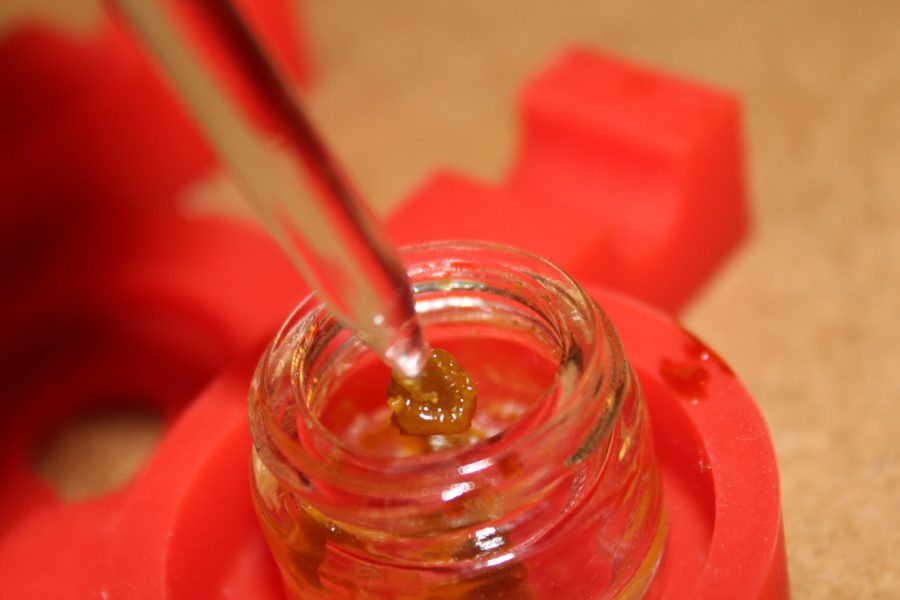All about weed terpenes
February 2, 2017
Every strain of marijuana is unique. Some smell sweet, while others will smell like skunk spray. Some taste like fresh cut hay, whereas others have a sweet, citrusy quality. What gives marijuana these unique profiles? Terpenes.
Terpenes are not specific to the marijuana plant, but present in many others. Terpenes play a specific role for the plant; they emit a pungent aroma that deters herbivores and attracts things that eat herbivores, according to Jake Sherman, director of nutrient and pesticide application for select label, a tier-three marijuana grow operation.
Terpenes are secreted in marijuana from the same gland that THC and CBD come from, according to Leafly. Along with creating the aromatherapy profiles for each strain, each terpene binds and interacts with THC and CBD in different ways which is called the “entourage effect.”
Some of these effects include allowing more THC to bind to cannabinoid receptors in your brain and controlling how much THC passes through the blood-brain barrier, Sherman said.
There are six common types of terpenes: caryophyllene, humulene, linalool, limomene, myrcene and pinene. Each one has different characteristics and flavors.
Caryophyllene showed to voluntarily reduces alcohol consumption in mice, and has cancer and depression fighting properties.
Humulene also has anti-cancer, anti-bacterial and anti-inflammatory effects to go with its woody tone.
Linalool is a sedative and antidepressant and has a floral aroma Leafly reports.
Limomene is the “Inspector Gadget” terpene and has a multitude of functions. It helps with depression, stomach and digestion problems, and has anti-bacterial and anti-fungal properties. It allows other terpenes to be absorbed easier through the skin and the digestive-track.
Myrcene is a sedative, analgesic and antibiotic and has citrus and musky qualities.
Pinene is a broncholilator, meaning it dilates the lungs and decreases restrictions in the airway according to Wikipedia. It can help neutralize short-term memory loss that comes with THC and promotes alertness. It has a sharp, sweet profile.
Terpenes are present in all weed, but their potency is diminished anywhere from 40 to 70 percent during the curing process. Curing simply means drying the weed said Blair Collins, a master grower at two Rock Farms.
To save the terpenes, growers preserve the moisture content when the bud is harvested, then put it into a freezer. This is done exclusively for buds that will become concentrates. Demand for terpene-focused products is forcing growers to include terpene profiles for not just concentrates, but also strains of flower Collins said.
High terpene concentrates are becoming popular in the recreational market because of their flavor.
“They taste so damn good,” Sherman said.
Karen Sakai works at The Fire House in Ellensburg, she compares the high terpene scene to the wine tasting scene, where taste and flavor are the main objective of the consumer.
“It’s all the rage right now,” Sakai said.
High terpene strains take more care to extract, so the higher the terpene content, the higher the price Sakai said.
Sometimes there is a trade off when you have high terpene content, and that’s a lower THC levels. There can be more flavor than effect, but it’s not always the point to get so high you see the devil.
“I love them, they can really set the tone for having a great day,” Sherman said.



Jeffrey Raikes • Apr 16, 2018 at 1:35 pm
The new #1 Terpene site http://buy-terpenes.com/ref/mindfxllc/
Best prices available!!
King of Terps • Feb 3, 2017 at 4:49 am
The #1 cannabis terpene supplier in the world https://www.entouragenutritional.com/terpenes